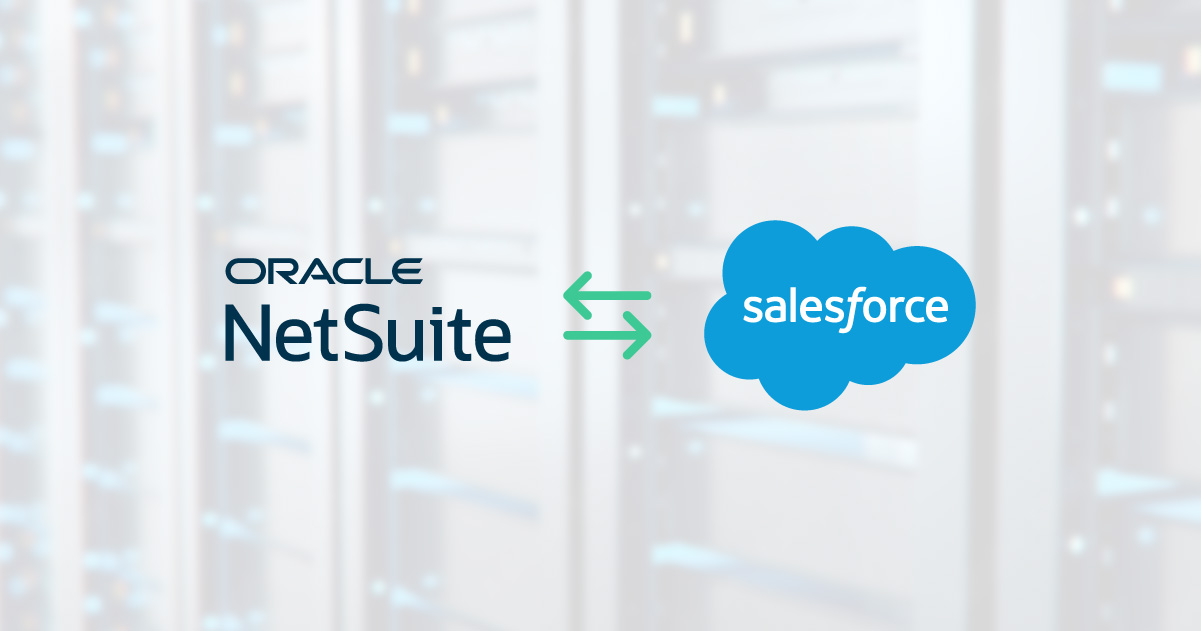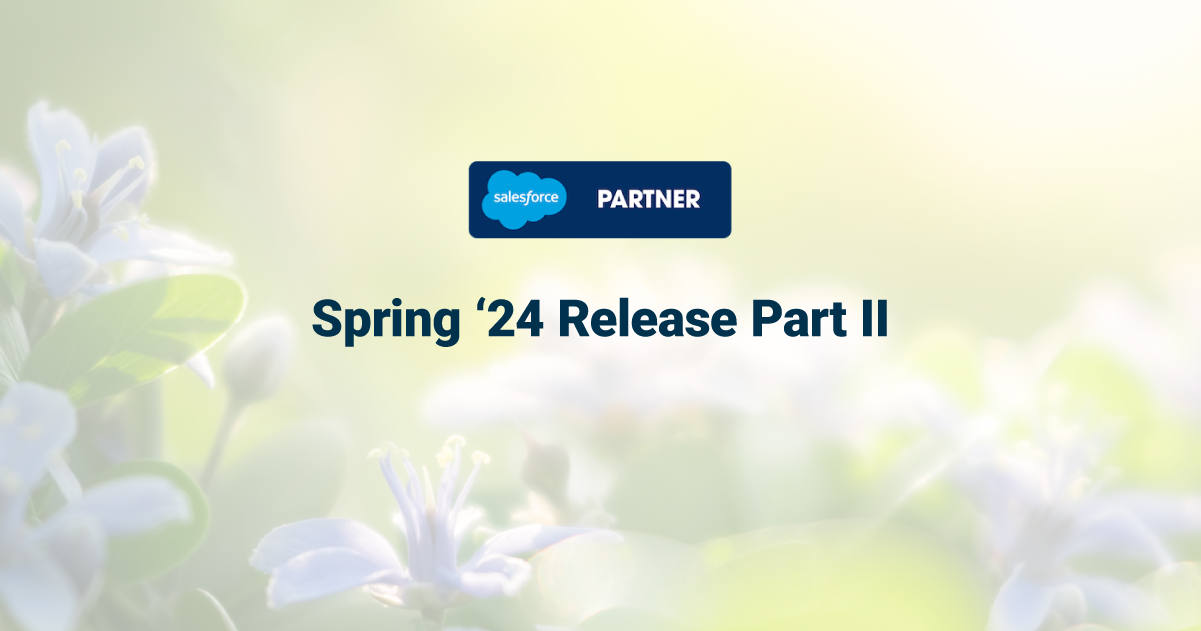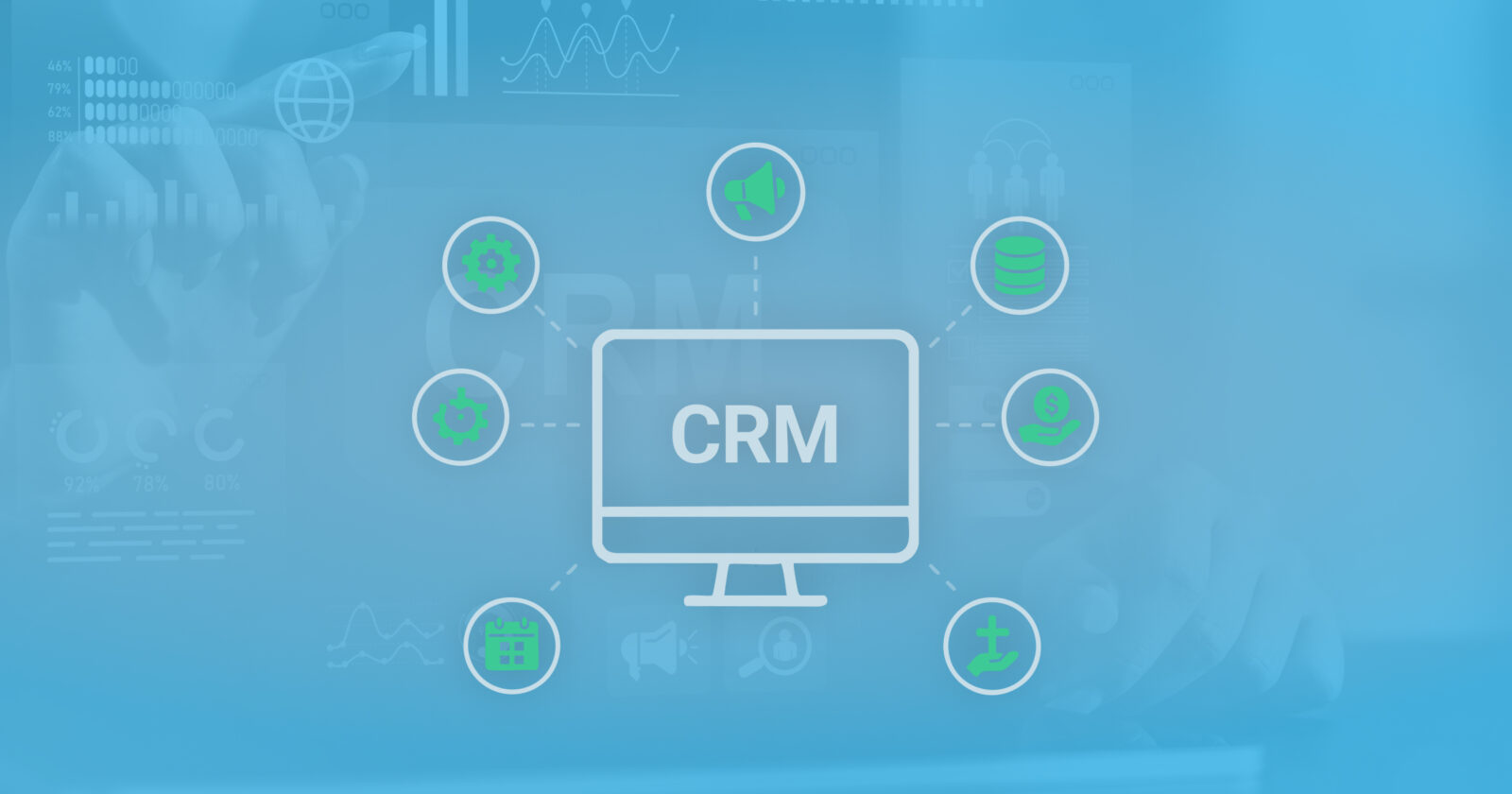Strategies for Effective Integration of NetSuite and Salesforce

Integration of NetSuite and Salesforce
In the realm of enterprise resource planning and customer relationship management, the integration of NetSuite and Salesforce is a pivotal step. There are three primary methodologies to consider, each with unique attributes and applications. This guide delves into these approaches, helping businesses make an informed decision.
Comprehensive Analysis of Integration Techniques
iPaaS/ETL Solutions: Multi-System Integration
iPaaS/ETL solutions represent a versatile and robust approach to integration. These platforms, including Mulesoft, Celigo, Boomi, Jitterbit, SnapLogic, and Workato, are designed to synchronize data not only between NetSuite and Salesforce but across numerous other systems as well.
The strength of iPaaS/ETL lies in its adaptability and the ability to manage complex data flows. This makes it suitable for larger organizations or those with intricate integration needs.
The main challenge with iPaaS/ETL solutions is the complexity and time required for configuration. Setting up these systems often demands considerable technical expertise and can lead to increased costs and extended project timelines. The choice of an iPaaS/ETL solution should be influenced by the organization’s technical proficiency and resource availability.
If starting from a blank slate, then selecting an iPaaS can be daunting. Excellent resources for this include Gartner’s Directory of iPaaS solutions.
Plug-and-Play Integration: Breadwinner
The plug-and-play method, exemplified by Breadwinner, offers a straightforward solution for integrating NetSuite and Salesforce. Its main advantage lies in its simplicity and speed of implementation.
Breadwinner’s functionalities include effortless data replication from NetSuite to Salesforce, enabling swift creation of reports and dashboards based on NetSuite data, and a guided process for creating NetSuite records through Salesforce. This makes it an ideal solution for businesses seeking immediate integration without extensive customization.
However, Breadwinner is limited in scope, primarily facilitating data flow between NetSuite and Salesforce only. For organizations requiring integration with a broader range of systems, this method may fall short. Additionally, its automation capabilities are somewhat limited compared to more comprehensive platforms.
Custom Coding: Tailored Integration
For businesses seeking the utmost flexibility and control, custom coding presents a viable option. This method allows for highly specific and tailored integration solutions, catering to unique business needs.
While custom coding offers unparalleled customization, it also brings significant responsibilities in terms of maintenance and ongoing management. Establishing the authentication is the first step, after which further Apex can be written.
The risk associated with custom coding is primarily human-dependent. If the individual responsible for the custom solution leaves the organization, finding someone with equivalent skills and understanding of the code can be challenging. This creates a potential vulnerability in the business’s operational continuity.
Detailed Considerations
Breadwinner’s Limitations and Strengths
Breadwinner, though efficient in rapid deployment, is best suited for businesses that prioritize seeing NetSuite data within Salesforce and desire a human-in-the-loop approach for data flow control. It is less ideal for organizations looking to automate processes from Salesforce to NetSuite or needing to connect with additional systems.
iPaaS/ETL: A Closer Look
The selection process for an iPaaS/ETL solution should consider the organization’s in-house expertise. The configuration process, often the most challenging aspect, requires a deep understanding of the system and its capabilities.
Custom Coding: Weighing the Risks
While custom coding offers flexibility and a focus on specific company needs, it also poses risks such as human lock-in and high maintenance costs. The decision to use custom coding will depend on whether you have the in-house or trusted consulting resources to deliver a consistent solution over the long term.
Summary and Conclusion
Choosing the right integration approach between NetSuite and Salesforce hinges on several factors. Turn-key solutions like Breadwinner are suitable for rapid deployment and basic integration needs. iPaaS/ETL solutions cater to complex, multi-system integrations, demanding skilled implementation teams. Custom coding is ideal for specific, unique requirements but requires a robust management strategy for potential personnel changes. A thorough evaluation of each option will lead to the most appropriate choice for your organization’s integration requirements.
WANT TO TALK WITH OUR CONSULTING TEAM?
We’d love to work with you on your Salesforce needs. Our team of certified Consultants can work closely with your team to close more deals. Call us at 317-297-2910 or complete the form below.












